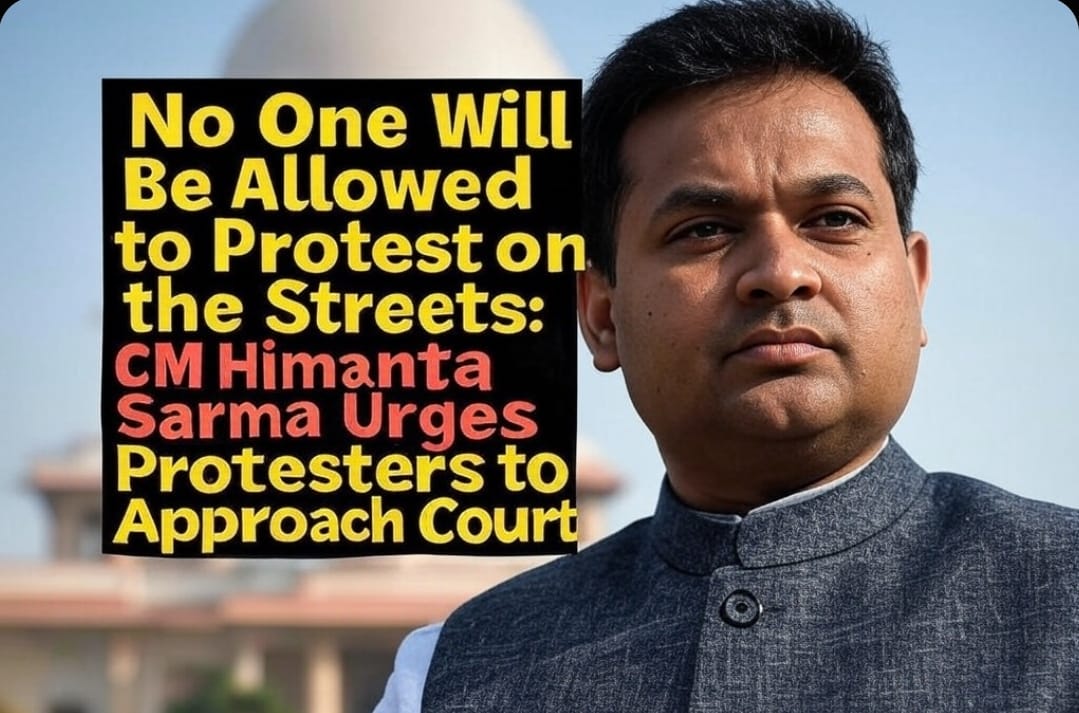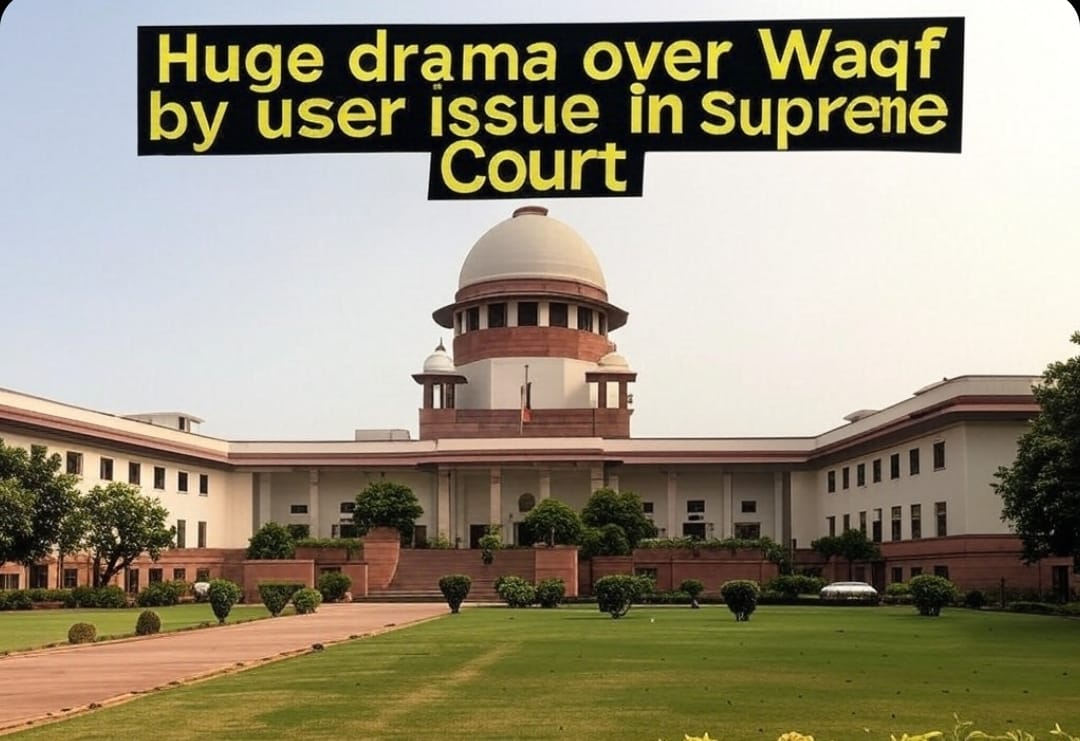The Indian judiciary is the pillar of democracy but is presently undergoing a crisis of transparency. It has now come to escape that of all sitting High Court judges, only 6.4 percent (49 out of 763 sitting judges) had completely declared their assets publicly as of March 2025.
This figure marked a significant drop from 13% just the previous year, creating worries concerning both accountability and public trust in the judicial system. The issue also gathered new steam due to the allegation of unaccounted cash seized from the residence of a Delhi High Court judge, Justice Yashwant Varma, believed to have reignited the debate on judicial integrity as well as the need for systemic reforms.
The Numbers: A Stark Reality
The number reveals the following grim picture of asset disclosures by High Court judges:
- Among these 763 sitting judges, only 49 released their assets to the public.
- The Punjab and Haryana High Court was leading with 29 out of 53 judges (54.7%) being allocated to disclosures.
- Delhi High Court was second with 7 out of its 39 judges (17.9%).
- Minimal participation was from the other courts, including Kerala and Karnataka.
- Incredibly, 18 of the 25 High Courts, Allahabad and Bombay included, reported zero disclosures.
This lack of accountability raises serious questions about the mechanisms of accountability within the judiciary.
Historical Context: Voluntary Rules and Resistance
Almost the last two decades have seen lots of controversies concerning asset disclosure among judges. The Supreme Court in 1997 passed an internal rule under which the judges were to declare their assets to the Chief Justice. However, public disclosure was left at the discretion of the judges, and this step has long-reaching effects.
The chronology of events reads as:
- 1997 Resolution: Judges were required to declare assets to the Chief Justice, but not to the public.
- 2009 Controversy: With much public pressure, discussion arose on mandatory asset disclosure, but the Supreme Court held that the declarations would remain confidential unless public interest warranted disclosure.
- 2019 Ruling: Reaffirmation by the Supreme Court that asset particulars were personal information under Section 8(1)(j) of the RTI Act unless a larger public interest showed otherwise.
However, such decisions have not resulted in much voluntary public declaration, with most judges pleading privacy or lack of legal obligation.
Recent Controversies: Justice Yashwant Varma Case
A renewed debate regarding judicial transparency erupted in March 2025 when rumors of finding huge amounts of unaccounted cash at the residence of Justice Yashwant Varma cropped up after a fire incident. Although later reports denied the incident, the controversy brought to light the systemic shortcomings in the accountability of the judiciary.
Justice Varma was transferred to his parent Allahabad High Court and withdrawn from judicial work pending the inquiry by a three-member committee. The case accentuates the urgent need for reforms to meet the administrative requirements of judicial misconduct and transparency.
Legal Framework: Why Asset Disclosure is Not Mandatory
In India, there is no mandatory legislation providing for public declaration of assets of judges. In this regard:
- Judges (Inquiry) Act, 1968: Provides for the accountability of judges but does not provide for declaring an asset.
- Right to Information Act, 2005: This Act enacts secrecy to personal information unless larger public interest is demonstrated.
- Judges Assets Bill, 2009: Proposed mandatory asset declaration but vehemently opposed because of clauses with public access restrictions.
While every other category of public servants-from Members of Parliament to civil servants-is mandated to publicly declare their assets, the judges contend against the public disclosure of their assets on the grounds of privacy and lack of mandate of the law.
Challenges in Judicial Accountability
The significant immunity enjoyed by the judiciary under Articles 124(4), 124(5), 217, and 218 of the Constitution makes it difficult to hold judges accountable for their misconduct. Major obstacles include:
- The absence of laws requiring the mandatory declaration of assets.
- Resistance from High Courts attempting to protect privacy.
- The limited range of disciplinary action currently available.
All these challenges have resulted in a culture of opacity in the very functioning of the judiciary.
Why Transparency Matters: A Case for Reform
- Strengthening Public Trust: Transparency creates faith in the impartiality and integrity of the judiciary.
- Preventing Corruption: Allowing public scrutiny can prevent unethical practices and ensure accountability.
- Aligning with Democratic Values: Judges should be held accountable like every other public servant.
Recommendations for Reform
To mitigate these problems, several measures that seem constructive are:
- Mandatory Asset Disclosure Laws: The legislation must be passed by Parliament, enabling judges to disclose their assets in public.
- Periodic Audits: Regular updates and audits of asset declarations should be conducted by independent authorities.
- Public Access: The details of these assets should be made available online for enhancing accountability.
- Strengthening Accountability Mechanisms: Mechanisms for penalizing noncompliance ought to be tightly linked with these reforms.
Conclusion: A Call for Urgent Action
The unwillingness for an open regime poses a threat to its credibility and further deteriorates the trust of the public in democratic institutions. Mandatory asset disclosure means not only a means of accountability but something bigger that has the potential to solidify democratic values within the judicial structure of India. There is an urgent need for reform so that those who are entrusted with the task of dispensing justice remain above board.
About Author
Syeda Ayesha is a passionate 3rd year BBA LLB student at Sultan-Ul-Uloom College of Law in Hyderabad, with a special interest in criminal law and family law. She has built her academic journey on a solid foundation of legal principles, progressing from basic to advanced levels, and is eager to apply this knowledge in practice. Determined to gain practical experience, she is committed to learning more about the law. Ayesha is excited about the opportunity to work in a dynamic legal environment, which she sees as a valuable avenue for both personal and professional growth.













